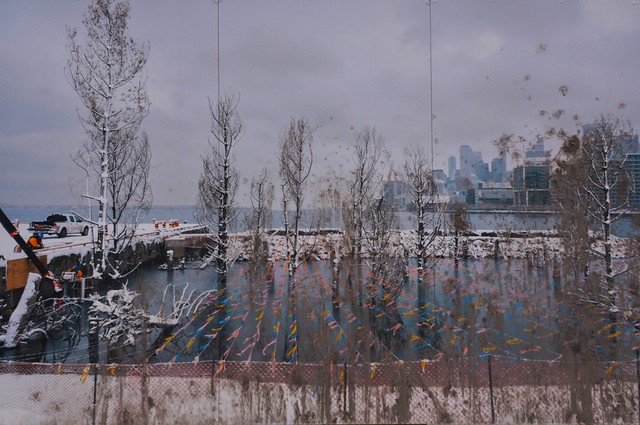Title: Geosynthetic Clay Liner (GCL): A Versatile Solution for Flood Control
Geosynthetic clay liner (GCL), also known as synthetic clay liner or geo-sealed clay system, plays a critical role in flood control Flood control sandbags efforts. With its unique manufacturing process and remarkable characteristics, GCL has emerged as an advantageous solution for preventing the devastation caused by floods. This article provides an overview of GCL, discussing its manufacturing process, features, advantages, usage methods, selection criteria, and concludes with key insigh Glass fiber surface tissue ts.
Manufacturing Process:
GCL is manufactured using a combination of geotextiles and bentonite clay. The process begins with needle-punching numerous layers of nonwoven geotextiles together. These geotextiles act as carriers for powdered sodium

bentonite clay. Through alternate layering and compacting techniques, the desired thickness and density are achieved while ensuring exceptional hydraulic performance.
Characteristics:
The composite structure of GCL offers excellent waterproofness and resistance to punctures. Its self-healing properties GCL (abbreviation for Geosynthetic Clay Liner) make it suitable for applications on uneven surfa Geo-sealed clay system ces where other products may fail to provide sufficient protection. Additionally, the glass fiber surface tissue enhances tensile strength without compromising flexibility.
Advantages:
1) Effective Water Barrier: GCL’s high water retention capacity prevents water seepage through various geomembrane systems.
2) Easy Installation: Lightweight rolls facilitate quick deployment in both temporary and permanent projects.
3) Durability: Resistant to UV radiation and chemical degradation ensures long-term reliability.
4) Environm

entally Friendly: Utilizing locally sourced raw materials reduces carbon footprint co Geosynthetic clay liner mpared to alternative solutions.
5) Cost-Effective: Economical installation costs coupled with reduced maintenance requirements contribute to overall savings.
Usage Methods:
GCL finds wide application in flood control measures such as dams, landfills’ lining sy Geosynthetic clay liner stems reservoirs’, canal projects’, wastewater treatment plants,’ among others.’ It can be used as a standalone barrier system or in conjunction with other lining materials.
How to Select the Right GCL:
1) Project Requirements: Assess the specific project requirements, including anticipated water pressure and soil conditions.
2) Compatibility with Surrounding Materials: Ensure compatibility of GCL with adjoining geosynthetic materials and liners.
3) Certification: Verify that the chosen produ

ct meets relevant industry standards and has undergone independent testing.
4) Manufacturer’s Support: Evaluate the technical support provided by Flood control sandbags manufacturers, including installation guidelines and aftersales services.
Conclusion:
Geosynthetic clay liner (GCL), also known as synthetic clay liner or geo-sealed clay system, is an indispensable solution for flood control. Its unique manufacturing process provides remarkable features like excellent waterproofness, ease of installation, durability, environmental friendliness, and cost-effectiveness. By consid Synthetic clay liner ering project-specific requirements and selecting certified Geosynthetic clay liner products from reliable manufacturers, one can ensure successful implementation of GCL-based solutions. Embracing this innovative technology will enable us to tackle flood-related challenges effectively while safeguarding our environment.
